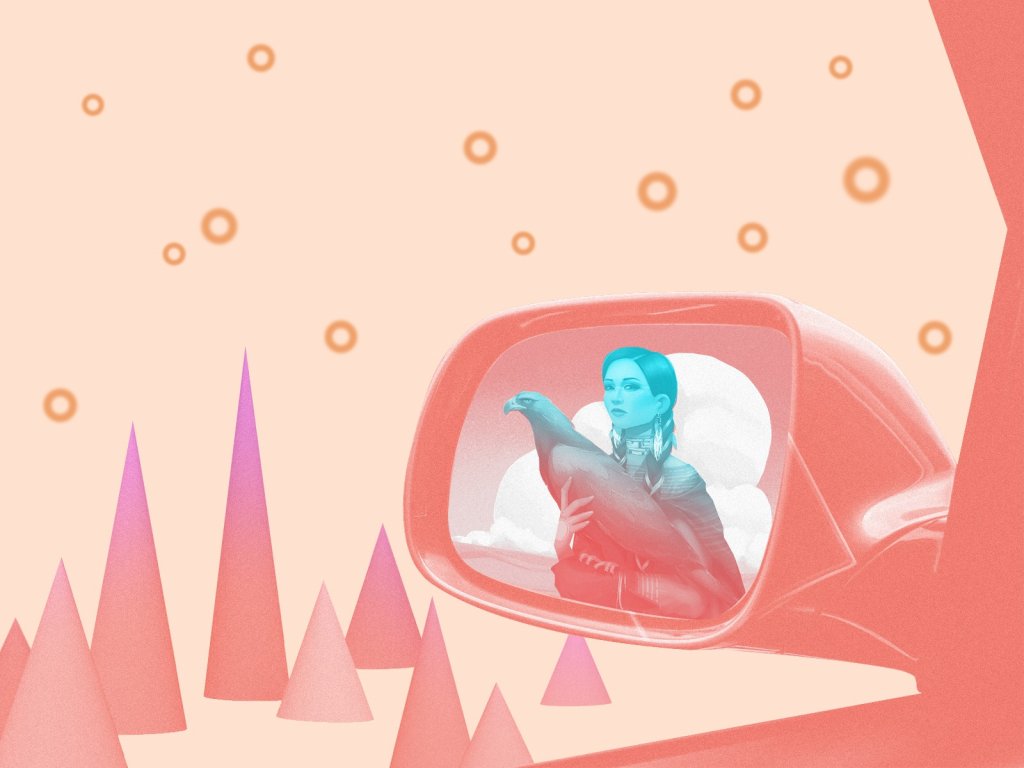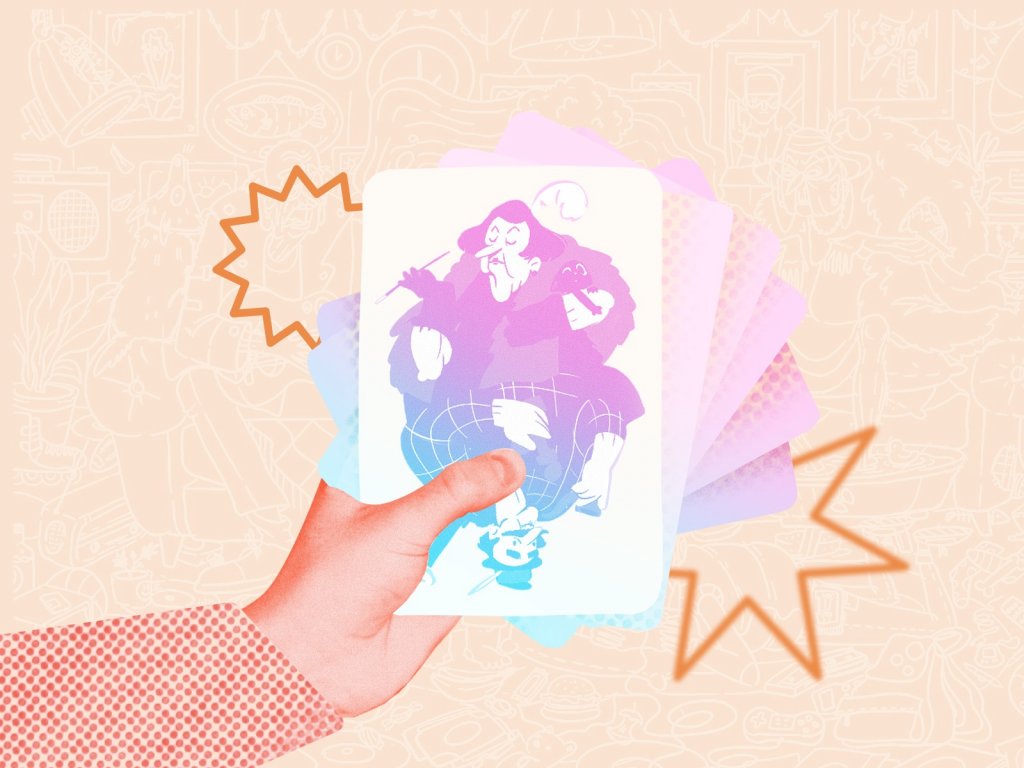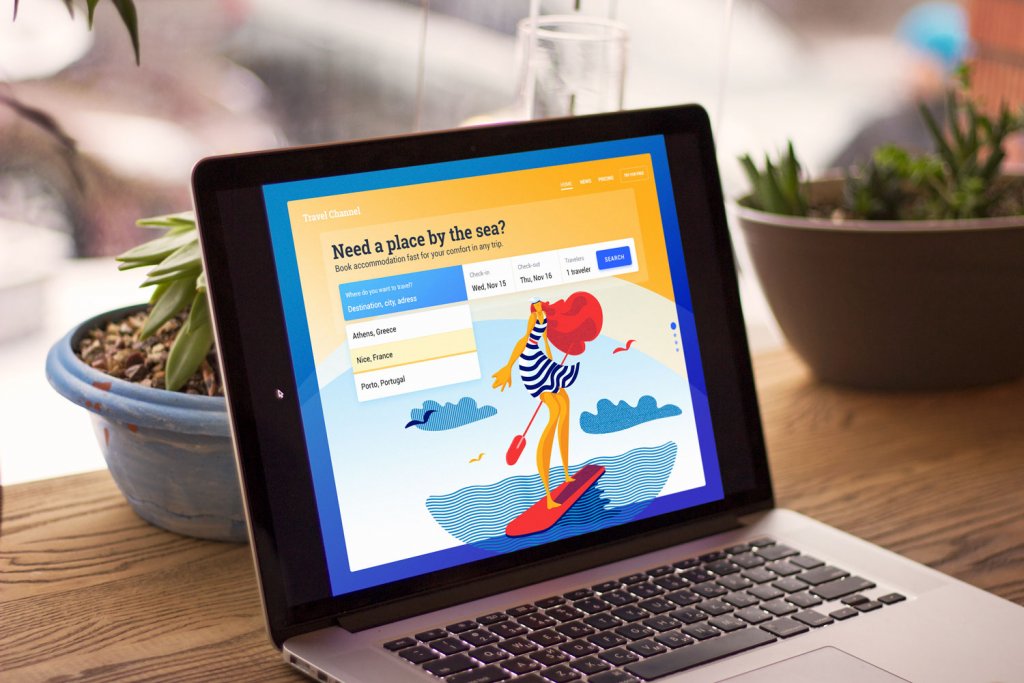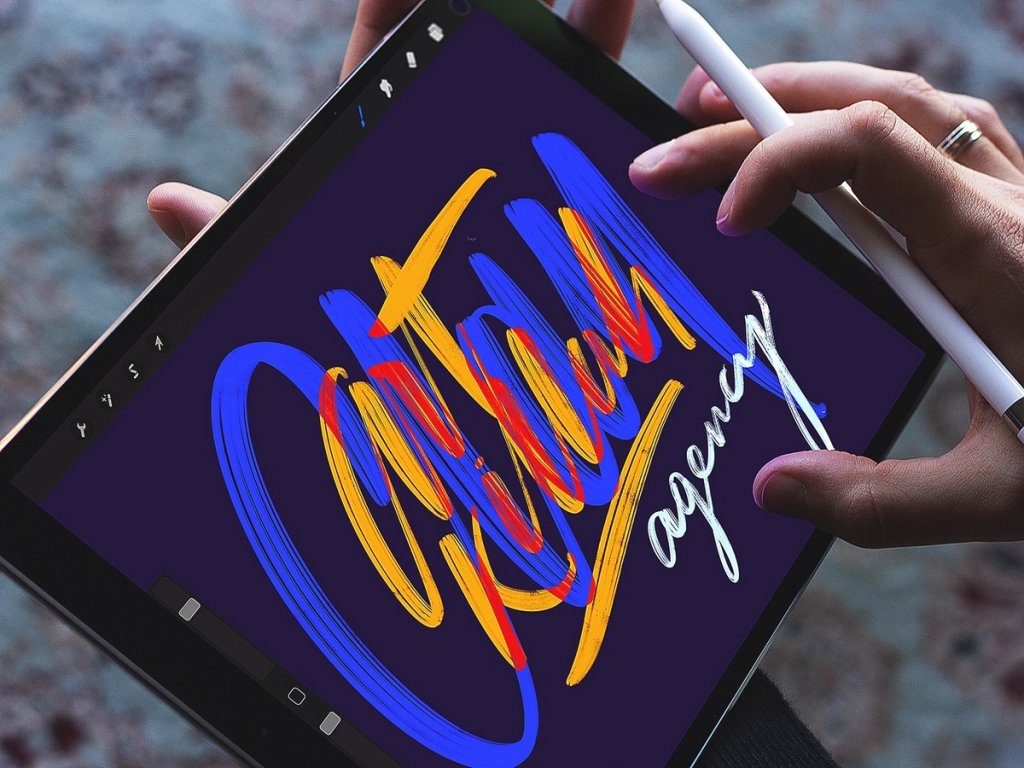Starting any project, which is not their personal presentation but a product for users, designers should be deeply aware: they work primarily not for self-expression, not for showing their creativity to the world, not for creating something revolutionary new that will make the world go round in opposite direction. They work to solve users’ problems, satisfy their wishes, and achieve business goals.
That is why it’s vital to establish who the potential users of the future product are and which their wishes and needs could be met. This is the time when the designer turns into the researcher to get as much information as possible and analyze it for the sake of user-friendly solutions in design and interactions. In our earlier articles, we have already mentioned the significant role of user research in creating problem-solving user-friendly designs, and today we suggest getting deeper into its definition, methods, techniques, and benefits in the process of creating a digital product.
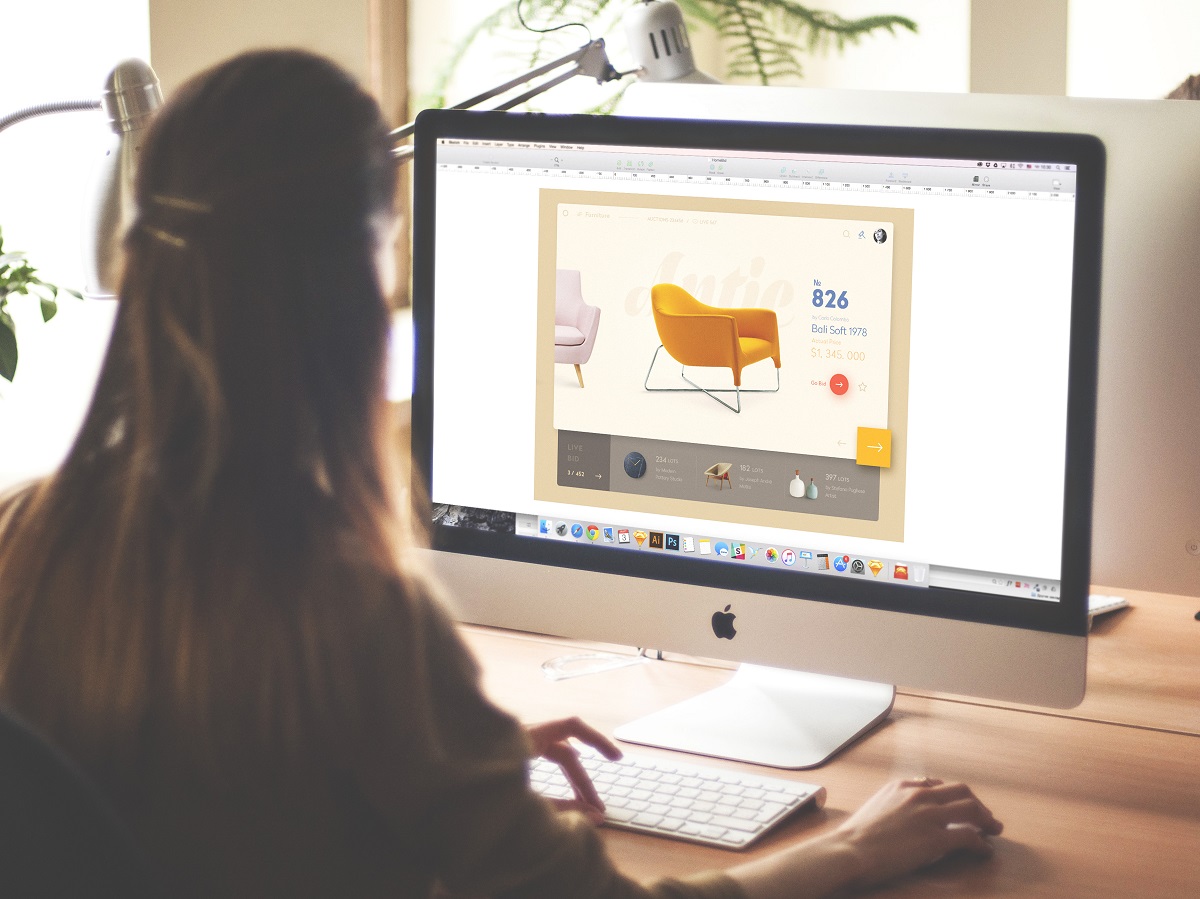
What is user research?
Generally, the word “research”, being quite universal for the diverse spheres of professional activities, roots into the Old French word recercher meaning “seek out, search closely”; first, it was the verb and later transformed into the noun of the same semantics. The modern definition of the noun according to Cambridge Dictionary state the meaning as “a detailed study of a subject, especially in order to discover (new) information or reach a (new) understanding”. This sort of activity is widely applied in a variety of sciences and practical fields, including informational architecture and user experience design.
Basically, user research is a comprehensive and multilayered activity whose aim is to collect information about the potential target audience of the product. Via a number of techniques, user researchers collect and then analyze the information obtained from real users, and this outcome usually allows the design team to work on the optimal solutions which will make the product user-friendly and attractive.
Therefore, user research means getting deeper into details of the core target audience to understand their preferences and psychological peculiarities, the influence of different factors like colors, stylistic decisions, and logic of interaction on emotions and experience of the defined group, the sources of information and creative performance ways which could engage users and make them active. On this basis, visual design presumes to create the original and recognizable style that will make the product stand out from the crowd and draw potential customer’s attention.
User research is actually the way by which the designer is able to step into the shoes of the user and go along his or her path feeling all the stones on the way. This is the way to create designs based on empathy – the ability to place yourself in the place of the other person, to feel what they are feeling and see what they are seeing. This precious ability enables designers to create things that not only work well and look good but also do what the particular users need them to do.

Why is user research needed?
Famous guru of advertising David Ogilvy emphasized the great importance of research for creating effective results: «Advertising people who ignore research are as dangerous as generals who ignore decodes of enemy signals.» Time has changed the means, goals, and technologies, still, the vital role of research established even stronger. Neglecting the research stage and relying only on their creative intuition, experience, and talent, designers risk failing this task as they will not know the conditions of the app functioning and will not be able to make it efficient, user-friendly, and original.
As we mentioned before, designers who start creating a product just at once when they get the task are quite risky guys. There are plenty of things to do before the designing process itself. Ignoring those things can give an interesting but not viable result. It’s important to analyze the competition, to understand the target market, to find out the sources of traffic and potential expectations of the users before setting off. Otherwise, you can waste much more time on loads of inefficient variants.
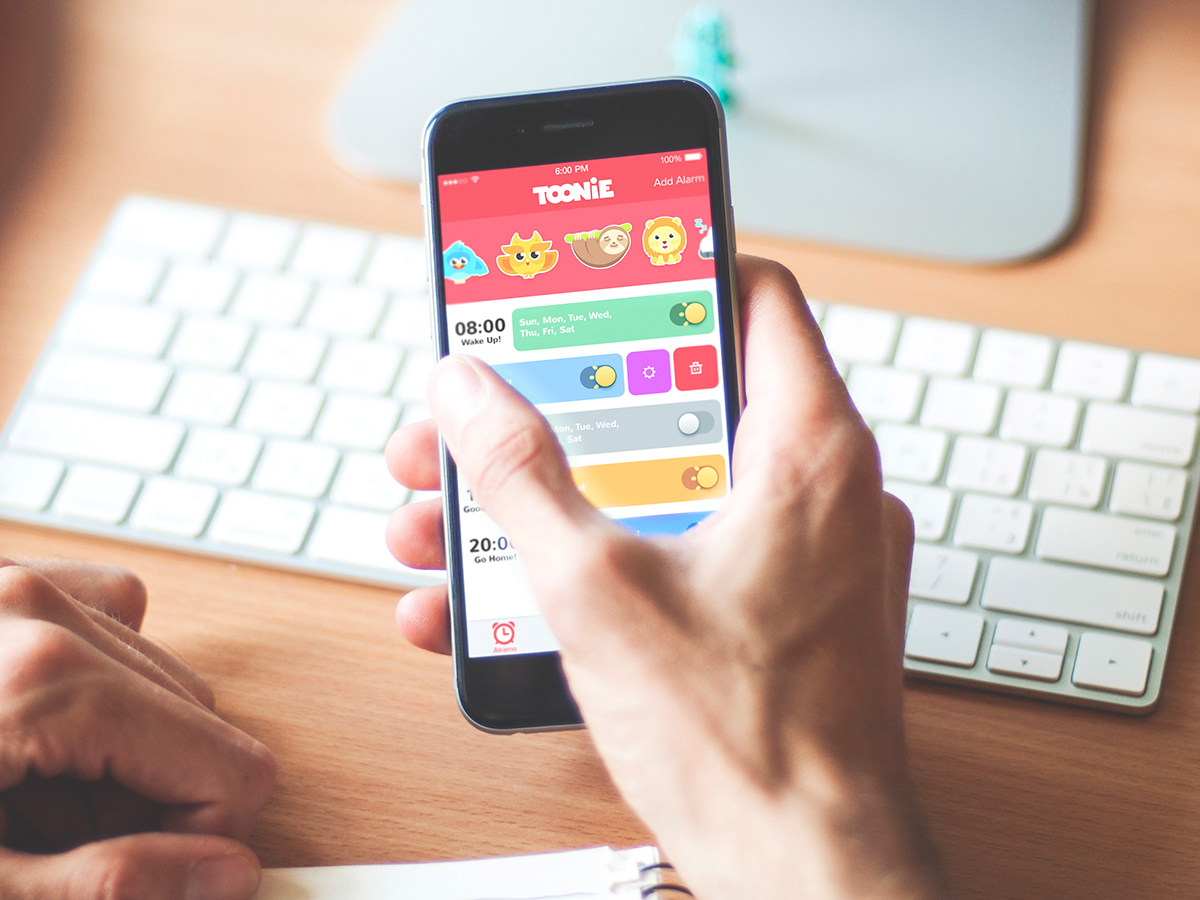
When is user research applied?
Describing the typical stages of the product creation process here in Tubik, we have mentioned the set of the following stages:
- setting the task and initial scope of works;
- estimation;
- user/market research;
- UX wireframing;
- prototyping;
- UI design;
- animation;
- software architecture planning;
- development;
- testing;
- release;
- updates.
Still, it doesn’t mean that all these stages go one-by-one in this order – some of them are interconnected and some of them are spread around the whole creative process. User research is applied at several different levels of creation, somehow changing the perspective and the goals of the data which should be obtained and analyzed.
We would mark out three typical stages when user research is a must-do essential for creating an efficient design.
Pre-design research: this is actually the initial stage of the creative process when the designer working over the project is exploring the requirements of the stakeholders and collects the maximum information about the target audience. As well as in a scientific project, the scientist collects and analyzes the heritage of the previous specialists involved in the sphere to make the product actual, the UX designer needs to do the same to offer the solutions corresponding to what users need and want. This is the time to talk, read, and analyze a lot. This is when the designer needs to dive into psychology and behavior, together with the stakeholder set the goals of the product, and investigate the factors which influence choices in this domain. Certainly, with every next project and each next dose of experience, the designer can get accustomed to user research techniques and needs less time for them. However, there never comes the day when the designer doesn’t need any time for research as long as every project has its unique requirements and its own USP which should be enlightened by design.
In-process research: it is applied at different stages of the actual design process when, having the chances to interact with users, discuss their wishes, watch their behavior and analyze the problems they have, designers explore the offered solutions in action and on that basis can alter some positions of their research and add more efficiency to the user interfaces.
Real product research: this is another level of research applied to actually existing digital product users operate with. Applying various techniques of user testing, designers collect actual experience, analyze it, and make improvements in terms of real cases of product usage in different environments and conditions.
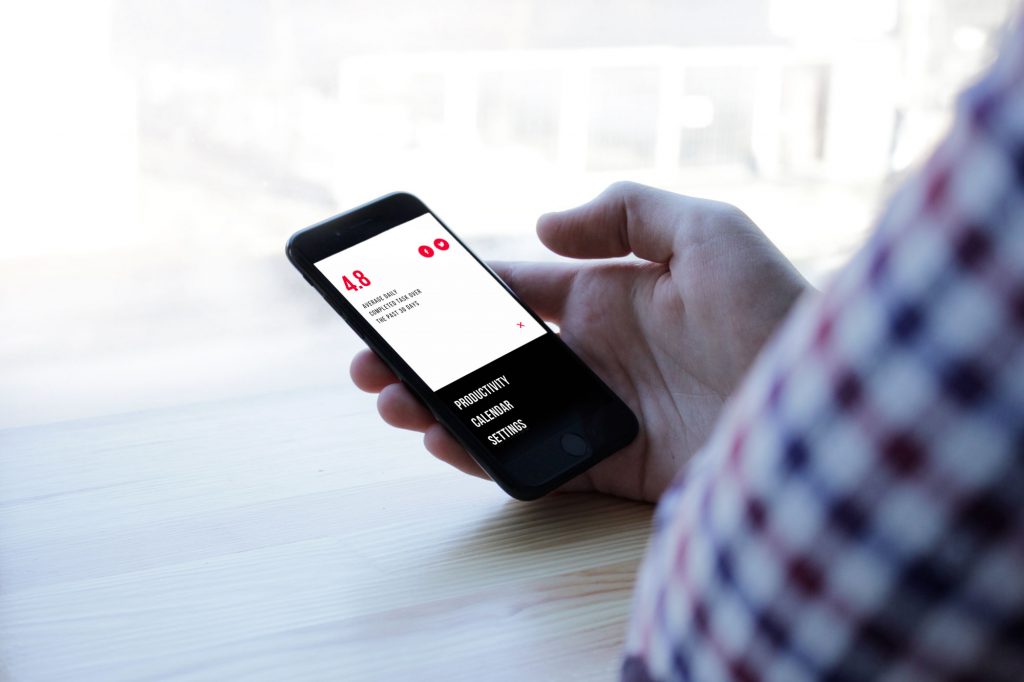
What are the dimensions of user research?
Certainly, there are numerous approaches to the process of research. Among them, we would like to draw your attention to the dimensions outlined by Nielsen Norman Group, highly experienced in the domain of research and analysis and regularly sharing their findings in this sphere. They offer to view the methods of user research along with a 3-dimensional framework with the following axes:
- Attitudinal vs. Behavioral
- Qualitative vs. Quantitative
- Context of Use
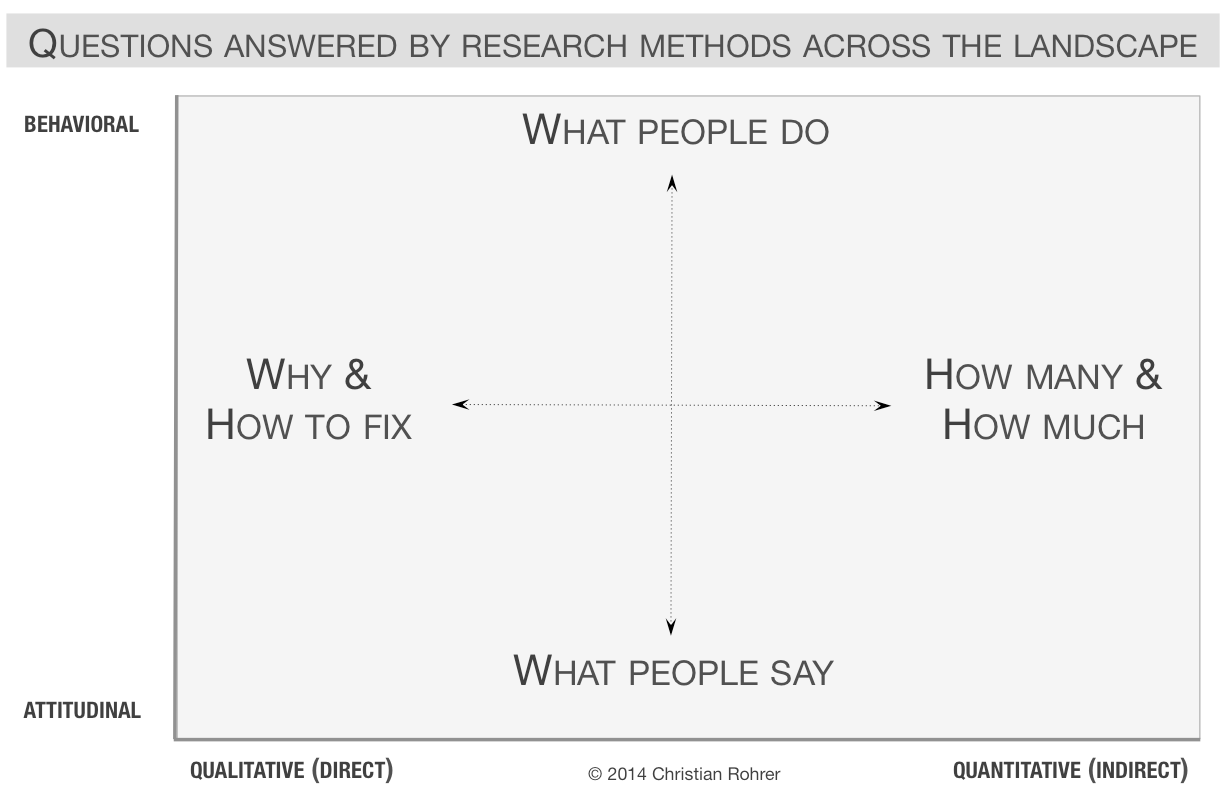
As we can see from the scheme, attitude is what people say while the behavior is what people do. In real life, they are often different things and aspects, due to numerous reasons like individual traits of character, temper, education level, age, gender, beliefs, and so on. Another opposition presents qualitative analysis, which is usually measured by definite numbers (like “how many clicks the user makes before accomplishing the payment”) and qualitative analysis (“why user can leave the page without registration and how this problem could be fixed”). And the context of use analyzes all the additional factors which can influence the outcome of the interaction with the product, for example, if the user goes along the preliminary given script or interaction is full improvisation.
Analyzing the data in terms of different dimensions, designers are able to take the comprehensive outcome enabling them to make solid decisions about the interactions and visual performance.
What are the methods of user research?
Today, user experience design has already grown into a sphere with a considerable background of project and research cases, which have resulted in an extensive set of different research methods. Some methods are used on a regular basis, some are more rare and specific, yet it’s good for designers to be aware of a variety of them. Let’s briefly review the popular ones.
Interviews. Perhaps the most widely spread method when, having set the target audience of the product, people involved in the creative process interact directly with potential users and ask them questions to collect information. The quality of questions is the issue of high importance here. It’s effective to apply both close (yes/no) and open (giving the detailed answer) questions to let users provide diverse information.
Personas. The technique has been applied in marketing and sales for a long time with client/buyer personas and now has transformed into a new perspective of user personas. With this technique, the designer collects the data about the potential target audience, its psychological and behavioral preferences and habits, and creates a bunch of imaginary users with these characteristics. On the ground of this data, the designer models users’ interactions with the product and possible issues that can arise in the process.
Sorting cards. This technique is effectively applied in cases when designers deal with the products presenting complex interfaces and a variety of diverse content. The users are asked to categorize the content and set the hierarchies. In this way, the designers obtain the data showing how users see this sort of content and what way of its organization would be efficient for quick and easy navigation around the app or website.
Surveys. Another traditional method of scientific and social explorations when users are offered a set of questions. Answering them, users give the actual information enabling designers to understand their preferences and wishes deeper.
Focus group. Popular method presenting the moderated discussion of the product, its features, benefits, and drawbacks within the group of people potentially close to the target audience. Altering some characteristics of the group, for example, age, gender, education level, tech literacy, researchers can receive a variety of data and see how these features can influence user behavior.
Task analysis. The method of exploring the tasks and goals which users have interacting with the product. Understanding what users want to do enables the designer to consider the fast and effective ways to achieve these goals.
Eyetracking. Special devices enable the designer to review which zones of the website or app users interact more actively and use these zones in the most efficient and informative way.
Participatory design. Users are offered the set of elements for the layout and can suggest their own vision of the construction.
Clickstream testing. The analysis of the most clickable parts of the layout with the aim of designing clear interactions and reveal the problems.
A/B Testing. The users deal with one variant of design (version A) for some time and then another variant (version B) while the researcher collects the information along with the necessary metrics and makes the conclusion about the efficiency of the versions.
Daily Reports. The user is asked to interact with a product for a particular period providing the reports on a daily basis. This helps to check the usability of the product from the perspective of long-term use.
Desirability testing. The users are usually offered visually and stylistically different versions and provide feedback on which version they would prefer and why.
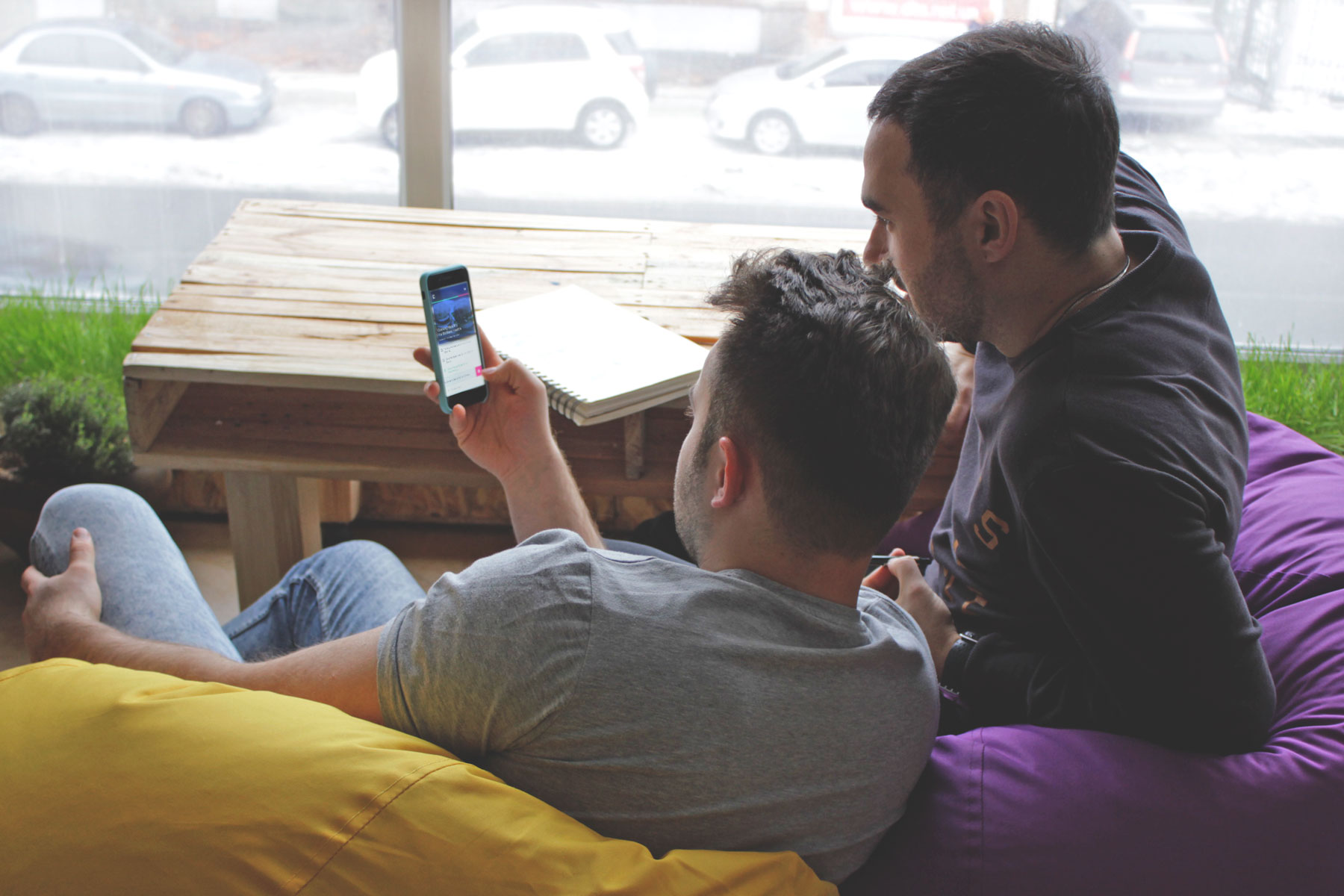
What are the important points to consider in user research?
Collecting the data about user behavior and preferences via diverse methods and techniques, the designer has to take into account the following factors:
– the environment of use (the factors of using the product indoors or outdoors, the level of light, noise, available time, and tons of other things can have an impact on design solutions)
– factors of intrinsic motivation (the internal personal stimuli moving the person to act)
– factors of extrinsic motivation (the outer factors of getting a reward or avoiding the punishment that encourages people’s behavior)
– longevity of the product (based on the period for which the product is planned for use: if it grows together with the user or is applicable only in a particular age).
It’s should be remembered that removing the mistakes in design, even if it’s already high-fidelity level, is faster, cheaper, and less painful for users than fixing negative issues with an already launched and operating product.
The bottom line is simple. Don’t be lazy to research the vital points of the project before you start designing. Don’t fancy doing the research? No problem, go to duck and dive in loads of baseless concepts instead of going along the solid path of understanding the user’s needs and wishes. Just don’t forget: it’s not you who decides that the product is successful, it’s not even other designers or stakeholders. It’s users. So, empathy is the best policy.
Recommended reading
Here are some articles we recommend for those who would like to get deeper into the topic:
Complete Beginner’s Guide to UX Research
When to Use Which User-Experience Research Methods
Pareto Principle-Based User Research

